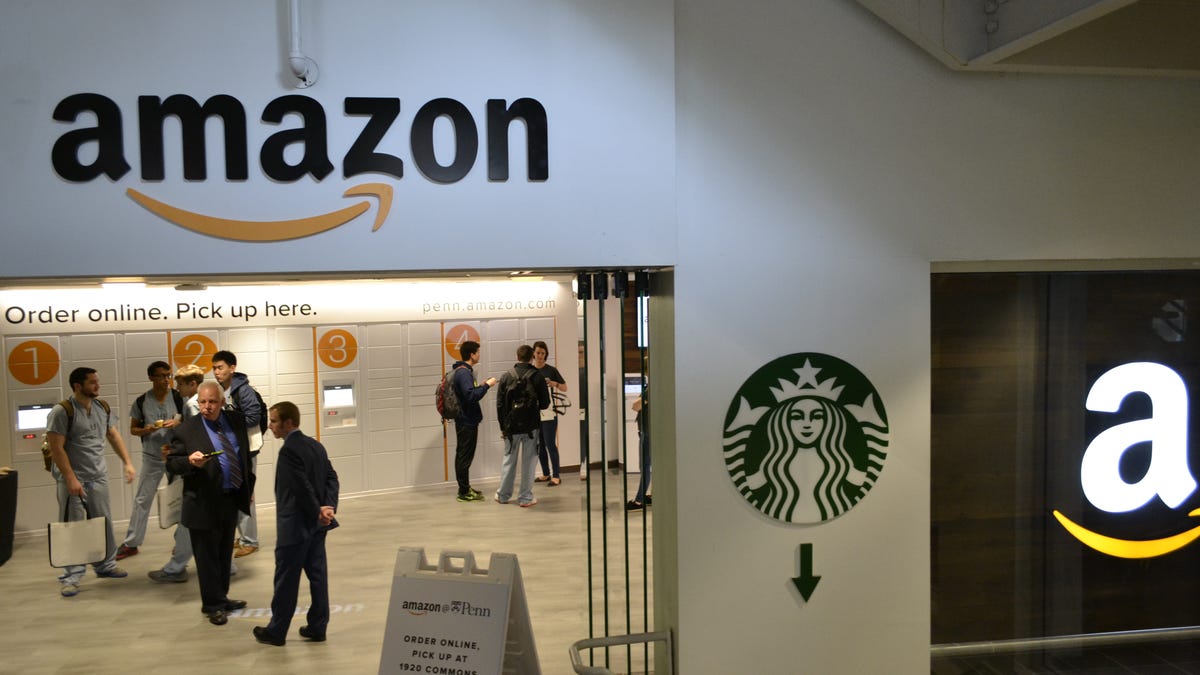Amazon's $99 Prime problem
The e-tailer's weaker earnings highlight the dilemma it faces with a capped $99 annual fee. But it's looking to boost subscriptions elsewhere.

Amazon is in a pickle.
It would probably like to raise the fee on its popular Prime membership to offset its skyrocketing shipping costs. That fee, though, already stands at $99 a year, meaning an increase of just a buck would push membership to the psychologically important $100 barrier.
Here's the rub: the inherent contradiction of Prime is that the more you use its most popular service -- two-day unlimited shipping -- the more it costs Amazon.
The Prime squeeze was apparent on Thursday when Amazon reported a 43 percent jump in shipping expenses to $3.9 billion as part of its third-quarter earnings. The spike helped depress the company's profit and resulted in Amazon badly missing Wall Street's expectations.
Revenue continued its strong rise, jumping 29 percent to $32.7 billion, matching expectations. But operating expenses rose by the same percentage to $32.1 billion.
Amazon reported a profit of $252 million, well ahead of last year's $79 million, but per-share earnings were 52 cents, far under Wall Street estimates of 78 cents a share, according to Yahoo Finance.
The company's shares fell 6 percent to $769.69 in after-hours trading.
"We've been investing quite openly in a lot of areas and continue to do so," Chief Financial Officer Brian Olsavsky said on a call with analysts Thursday. He added that Amazon will keep putting money into its Alexa voice assistant and faster shipping methods.
Amazon appears to have a plan to wring more subscription money from its most loyal customers and avoid additional shipping costs to boot. In just the past month, the online retailer rolled out new ways to sidestep its $99 ceiling by offering three free Prime perks -- Audible Channels, Prime Reading and an updated Prime Music -- that double as gateways to its monthly subscription services.
The Amazon Echo smart speaker and its Alexa voice assistant are among Amazon's latest big investments.
As the company continues to mature, it will likely look to beef up its often weak and sometimes nonexistent profits by finding new ways to convince its best customers to buy and subscribe to even more from Amazon. This strategy isn't new. In 2011, Amazon began offering the Prime Video streaming service for free to members, in part as an enticement to buy digital movies and TV shows that were displayed next to the free videos.
Two weeks ago the e-retailer added a series of paid tiers to its streaming music service. Amazon now allows Prime customers to continue listening to a smaller library of songs for free through Prime Music or pay $8 monthly for Amazon Music Unlimited, which offers a wider selection.
The announcement followed the same model of free-for-a-little, pay-for-more that Amazon introduced with Audible Channels (a slim version of its $14.95-a-month Audible audiobook membership) and Prime Reading (a petite version of its $9.99-a-month Kindle Unlimited e-book membership).
All three of these subscriptions offer digital media, so Amazon doesn't have to pay shipping costs. (Earlier this week, Amazon also introduced a monthly subscription for AmazonFresh, but the grocery delivery service has shipping costs associated with it.)
Despite its steep shipping costs, Prime has helped Amazon ramp up its sales and grow its rolls of repeat customers. Amazon has plenty of reasons to keep these folks happy. Prime members, now at an estimated 65 million in the US, tend to spend twice as much as non-Prime members, according to market researcher Consumer Intelligence Research Partners.
Amazon doesn't detail how many Prime members it has, but says it has tens of millions in the US.
Amazon spokeswoman Julie Law said the latest Prime benefits weren't meant to get people to spend more, but were instead intended to introduce Prime customers to more Amazon services and give them more for their membership.
"We're not thinking about all these things as upsells," she said before the earnings release. "We're thinking about what we can carve out special for Prime members."
When asked about the potential of raising Prime fees, she said: "We certainly don't intend to, but the value of Prime is far more than what you pay for it."
Since introducing Prime in 2005, Amazon has raised the membership fee just once, to $99 from $79 in 2014. This April, it also started offering a $10.99 monthly subscription for Prime, which works out to $131.88 a year.
At some point, Amazon will likely raise the price on Prime. But for now the company seems content to create more perks that could -- if you're interested -- get you to subscribe to more Amazon services.

